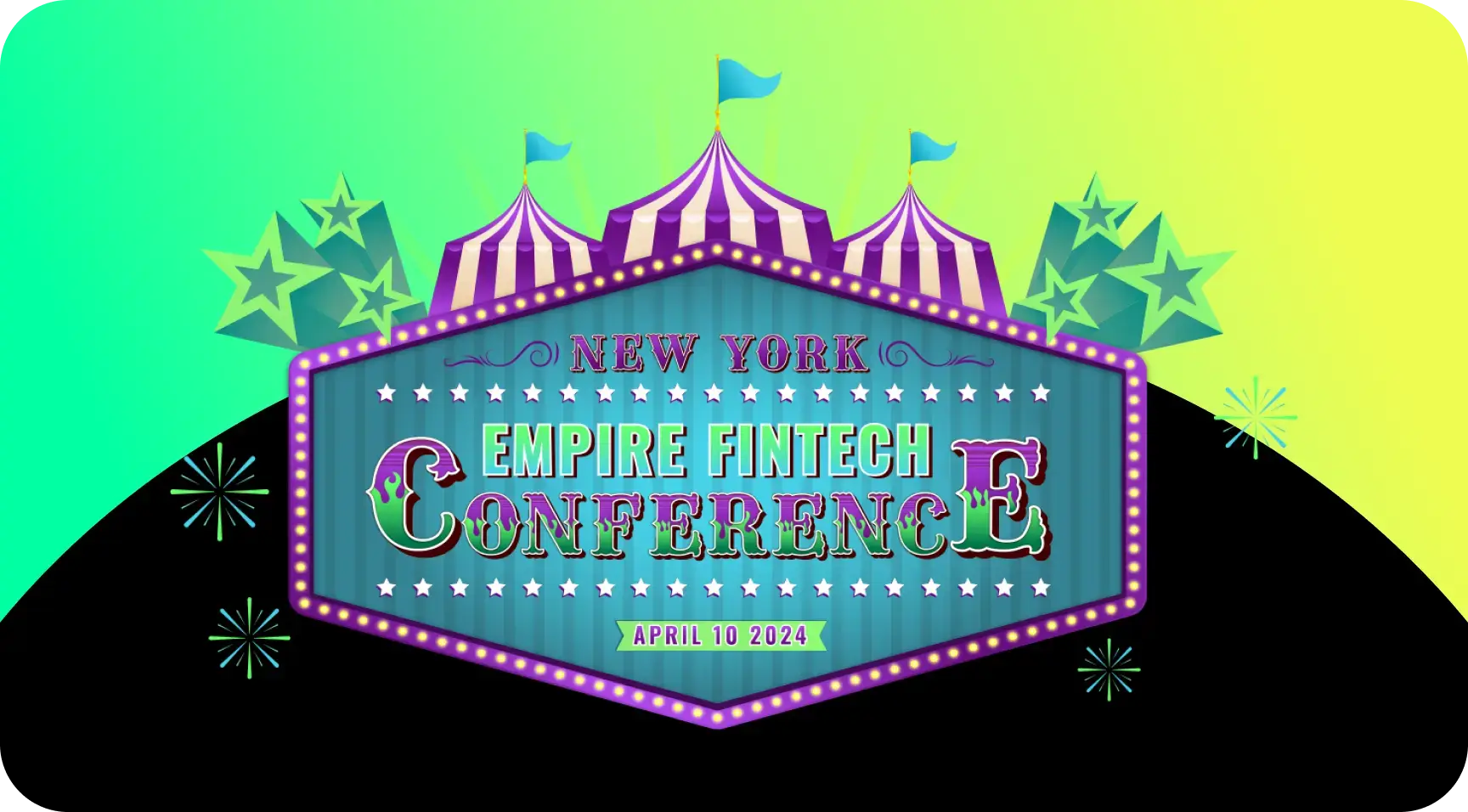Integrating business software is a highly effective way to boost efficiency and increase productivity. However, integrating a gift card system is a bit different. Let's look at some key technical considerations you must make as you integrate gift software into your business setup.
Consideration #1: The objectives for gift card integration
When integrating a gift card system into your business platform, you must first define your objectives for the integration. In other words, what are you hoping to achieve by integrating your business software? You may have several objectives, but let's consider more technical aspects. For example:
You want to create a seamless functional connection between two software
Integrating a gift card system can make everything easier for your personnel. Instead of working across various disconnected solutions, staff members can operate within an integrated environment, dramatically improving productivity.
You want to import data from one solution to another
It may not always be necessary to achieve total functional integration. Instead, you may simply require your solutions to communicate with each other. For instance, you may want your gift card platform to provide data to your enterprise resource management platform so that you can be on top of the cost and your strategy.
You want to support a more comprehensive customer experience
You may want to achieve front-end integration so your customers enjoy a comprehensive and seamless experience when interacting with your business. This may mean helping customers connect with self-service gift cards via the platform or giving your participants a way to manage their own reward points in a dedicated area of your platform.
Consideration #2: The metrics for gifting soft success
Your objectives for integrating the gift software are certainly important, but you need to go further than this. You need to establish what success will look like following the integration project. Refer to your objectives and then think about the specific improvements you want to see.
Improve conversion performance
Perhaps the most obvious metric is direct conversion. You can measure the number of conversions achieved over a set period or analyze the average cost for each conversion. This data will help you accomplish a concrete understanding of how the gift software integration is impacting your business operations.
Increase employee productivity
This will require more analysis, as you must define what productivity means within your business. If you are providing customer support, you may want to see an uptick in the number of customer queries resolved by each staff member during the day. In your sales department, on the other hand, you may want to measure the number of conversions or upselling events per team member.
Increase long-term customer value
Customers love gift card incentives, and they may be effective in encouraging these customers to stay with your business in the long term. This may be a useful metric to measure — you can analyze the average customer value over a set period or the average customer purchase value to understand the benefits of integration.
Increase revenue
In addition to improving the product experience for your users, there’s a major potential financial benefit to embedding rewards. The rewards themselves can create a new revenue stream. By working with a company such as Runa, platforms can benefit from the discounts we’ve negotiated with the brands on our network.
Platforms can offer their users rewards at face value while purchasing those rewards at a discount. At scale, that revenue can become significant. And, because the purchases happen in real-time, the revenue comes with no risks.
These are just a few metrics you can measure, but they give you an idea of the results you can analyze. Remember that data must always remain at the heart of your strategy. This is a key technical consideration during gift software integration — you must ensure you can accurately gather the data you need to assess your strategy and gain real insight from this data.
Consideration #3: The type of gift software
The type of gift software you choose to integrate will significantly impact the integration project's technical aspects. For example, integrating an in-house gift card software solution into your system will differ greatly from working with a third-party software provider.
In-house developed gift software
If you choose the in-house method of developing software for your business, you retain a high level of control over the integration possibilities. You can even design systems specifically intended to work within your existing tech stack. The problem, however, is it will be a costly and resource-intensive operation and may not be suitable, or even necessary, for small businesses.
Third-party provider gift software
You may opt for third parties to provide software to your business. This option is far more cost-effective, but you may compromise on features, functionality, and integrations. Select the software and the provider carefully, ensuring you can effectively integrate the software with your existing solution ecosystem.
Gift software as a service
Software as a Service, or SaaS, is similar to third-party provider software, only the experience is a little more hands-on. The SaaS provider will help you actively manage the integration project and will be there to support you during integration and beyond. This option suits businesses needing additional support but will be more expensive than buying third-party software.
Open API software for gifting
Open API software can fit into any of the above categories. It basically utilizes an open API to facilitate secure connections and integrations. The API can support integration with solutions that still need to be developed, effectively future-proofing the system.
Consideration #4: The direction of integration
Integrating business software can involve a single direction, or it can involve multiple directions of integration. It will depend on the objectives you already defined for your gift card system integration project — some objectives will be served by one-way integration, while others will require two-way integration fulfillment management requires the right tools and solutions. These are the digital features you will use to distribute and keep track of the gift cards you are working with. Your strategy will need the following:
One-way integration
One-way integration effectively means pulling data from one application or software and sending it to another. This is an important aspect of the integration for gift card solutions, as you may use this form for data reporting and analytics or for any other application that only needs to access data rather than send it.
This is a simple form of integration, but it can be effective in particular use cases. It also offers additional peace of mind, as there is less risk of an error because data is only permitted to move one way, and the recipient application cannot make changes on the sender's side.
Two-way integration
More complex integrations may require a two-way system. This enables applications to send data to one another rather than designating a sender and receiver application. In essence, this synchronizes the datasets that each application works from, enabling cross-platform communication and interoperability — which can be very useful for managing more complex gift card systems and platforms.
However, this form of integration may also be more complex to implement. It may be more cost-effective to work with a platform with built-in two-way integrations or a managed service provider on a SaaS basis.
Consideration #5: The type of gifting data
The final technical consideration is the data type you will use during the integration. Data can take many forms, including:
- The number of individuals who are claiming or buying gift cards
- The number of individuals who are signing up for a gift card
- The number of individuals who are completing specific actions to receive gift cards
- The buyer profile for each gift card claimant
- The cost of each new acquisition
- The average transaction value after a gift card incentive
- The average full life-cycle value for the customer
- The new revenue generated
These are just a few data forms you can use within your gift card system. Your integrations may require transferring and sharing other types of data in almost any form and volume.
Give Runa a try today
Are you looking for a way to integrate a gift card system into your existing setup successfully? Are you searching for a rewards and incentivization platform that can support you on your way to your business success? Runa is the answer to your problem.
Contact our team to learn more, or schedule a demo of the platform today.






